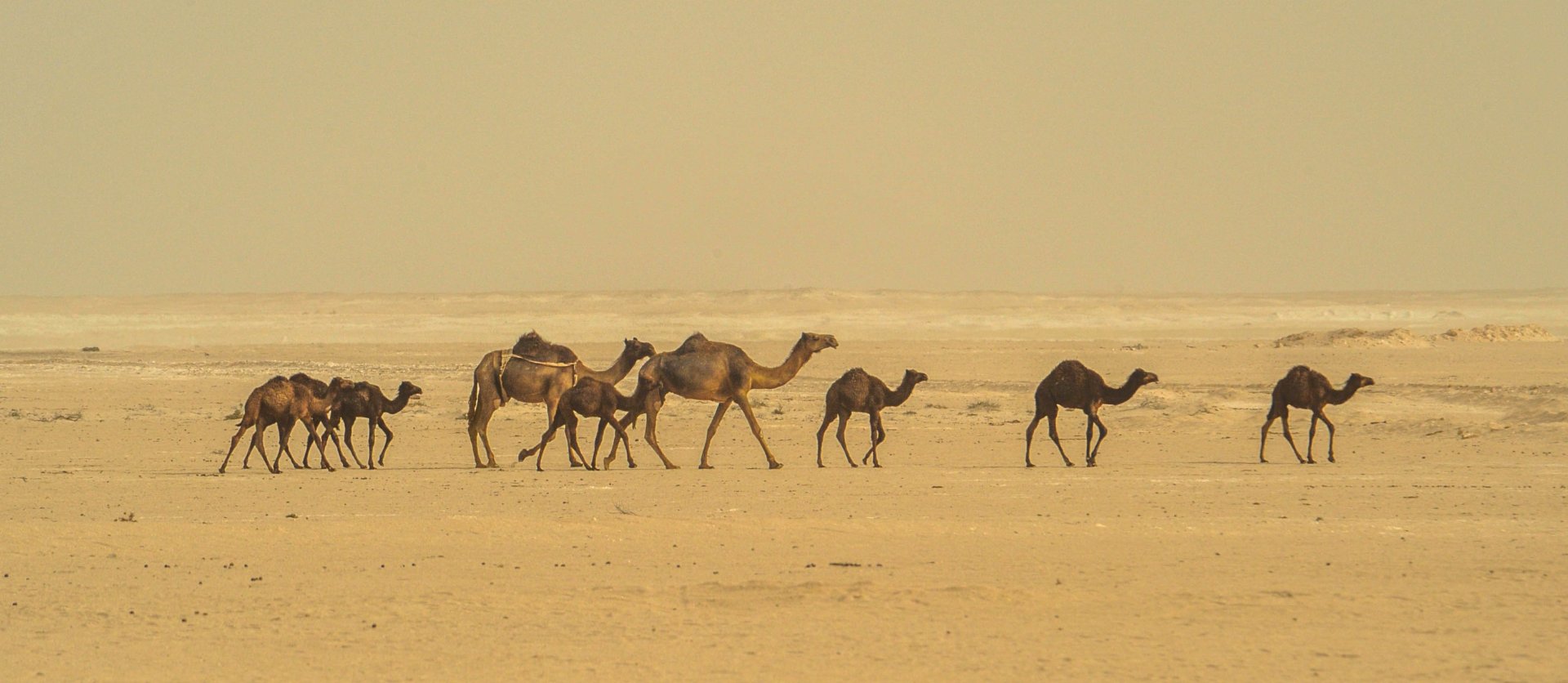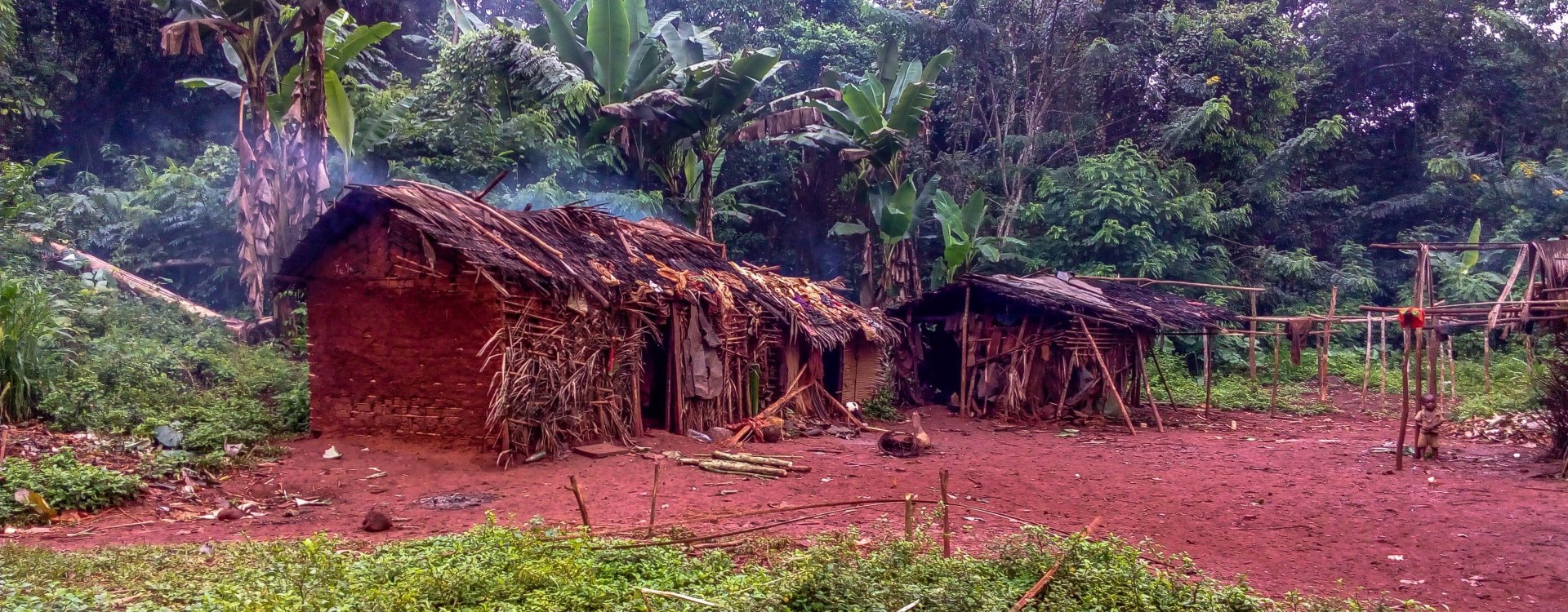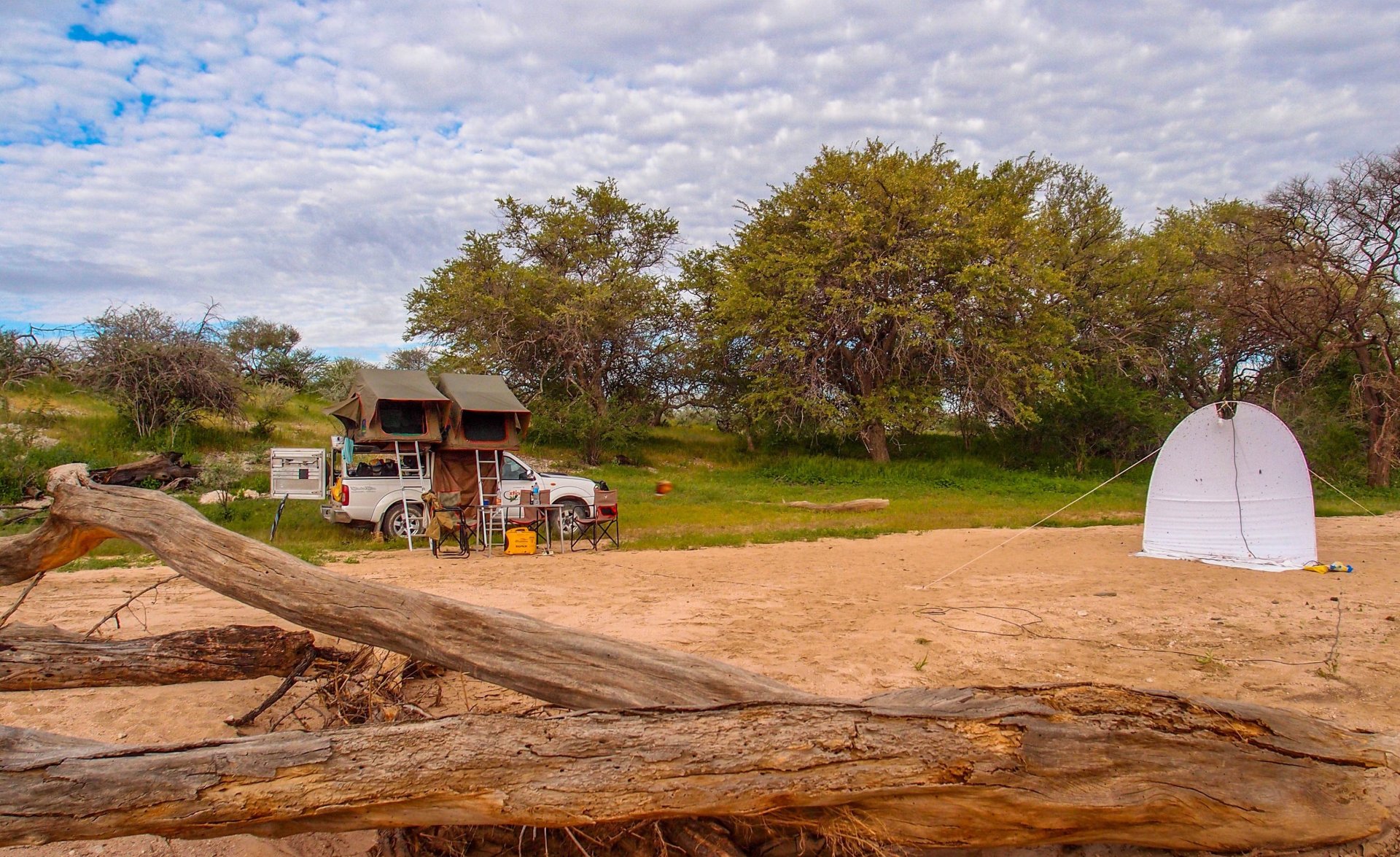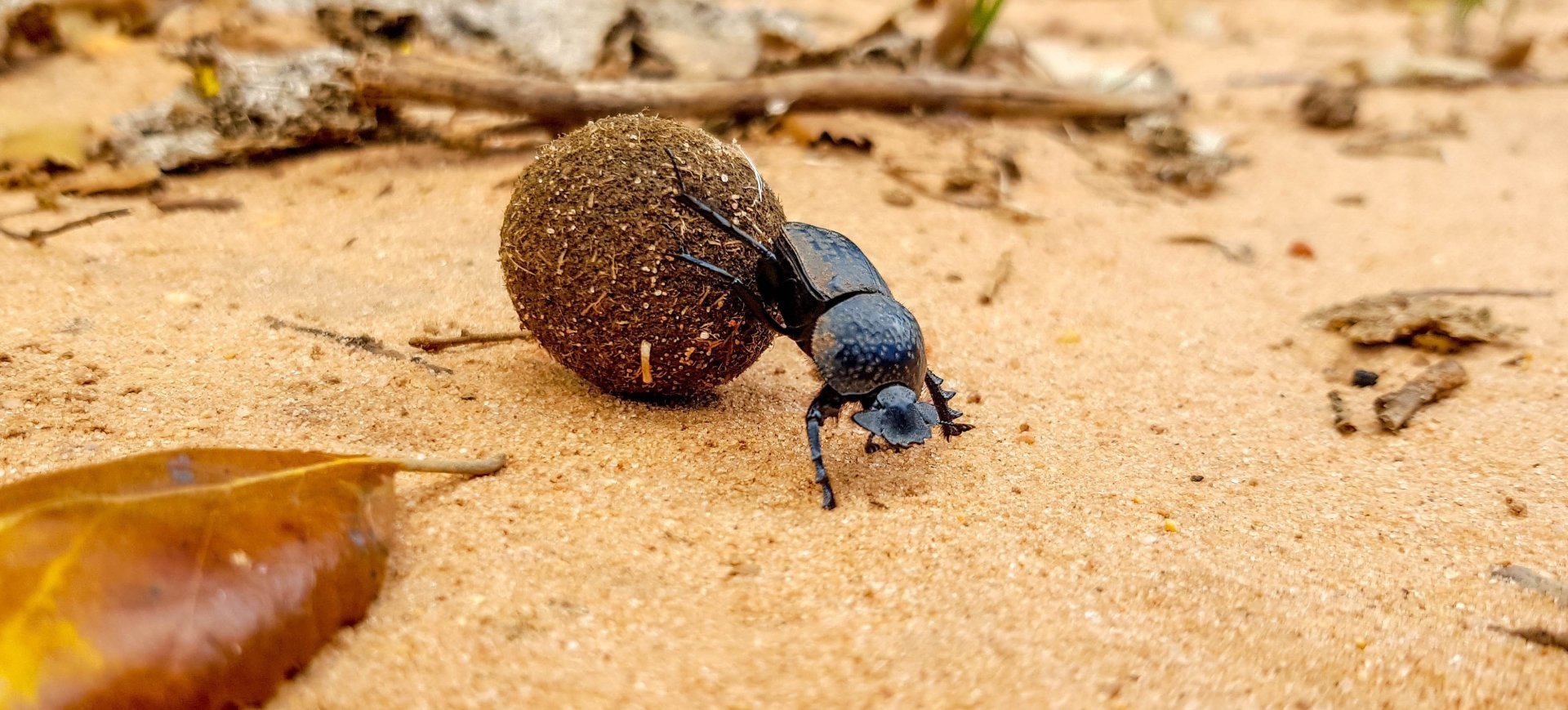







![]() Information: Stalagmosoma cynanki, is uncommon species which was described by Gory & Percheron in 1833 from the Sudanese city of Dongola. Species has a wide range of occurrence in North Africa and the Arabian Peninsula. In North Africa they appear after heavy rains mostly sitting on grasses. Within the Arabian Peninsula it is usually found after the spring rainy season and they prefer inflorescences of Haplophyllum tuberculatum (Rutaceae) and Echinops sp. (Asteraceae) plants.
Information: Stalagmosoma cynanki, is uncommon species which was described by Gory & Percheron in 1833 from the Sudanese city of Dongola. Species has a wide range of occurrence in North Africa and the Arabian Peninsula. In North Africa they appear after heavy rains mostly sitting on grasses. Within the Arabian Peninsula it is usually found after the spring rainy season and they prefer inflorescences of Haplophyllum tuberculatum (Rutaceae) and Echinops sp. (Asteraceae) plants.
Another species of the genus is Stalagmosoma albellum (Pallas, 1781).
S. cynanki differs by its brown-black color with the clypeus, antennae and legs ferruginous red, and by the smaller size..
Body length: 8 - 11 mm
Peak activity: January - September (depends on region) ![]() Remarks: Specimens from were collected in Oman on the inflorescences of Haplophyllum tuberculatum (Rutaceae) and Echinops sp. (Asteraceae).
Remarks: Specimens from were collected in Oman on the inflorescences of Haplophyllum tuberculatum (Rutaceae) and Echinops sp. (Asteraceae).
![]() Distribution:, Algeria, Egypt, Libya, Mali, Niger, Oman, Saudi Arabia, Sudan, Somalia, United Arab Emirates, Yemen, [Iran??]
Distribution:, Algeria, Egypt, Libya, Mali, Niger, Oman, Saudi Arabia, Sudan, Somalia, United Arab Emirates, Yemen, [Iran??]
Zoogeographic region: Afrotropical, Palaearctic
![]() Taxonomic classification:
Taxonomic classification:
![]() Material examined (& observation):
Material examined (& observation):
![]() Our observation period: March ~ April
Our observation period: March ~ April![]() Sampling Methods: on bush and flowers
Sampling Methods: on bush and flowers ![]()
![]()
 Oman
Oman